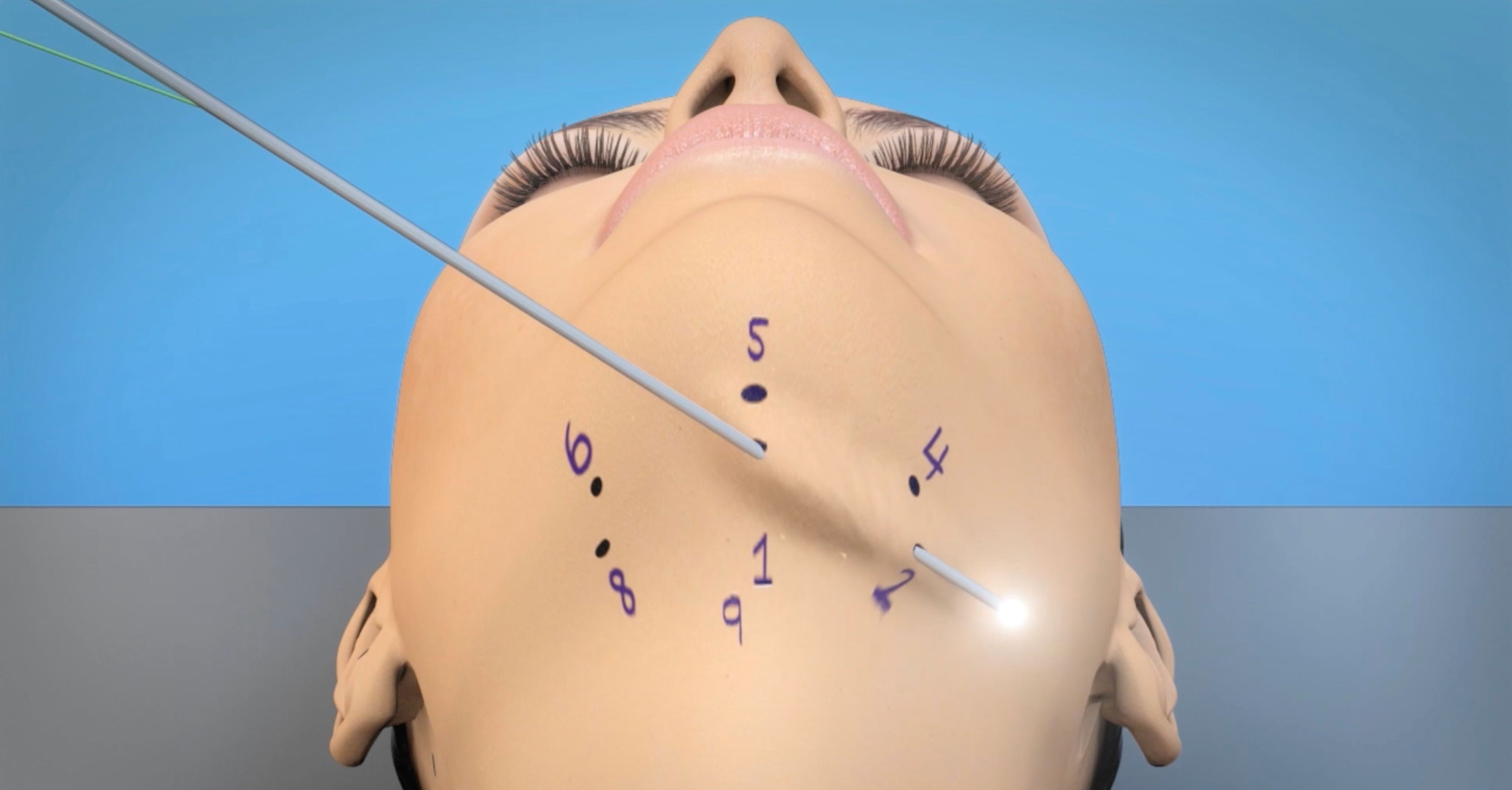Expert physicians highlight the rise in minimally invasive procedures using the MyEllevate light guided suture technology for neck and facial rejuvenation.
Now that the days of safe in-person services are returning, and thanks to consumers with pent up buying impetus and a year’s worth of savings, the dermatology and cosmetic surgery sectors are experiencing a notable trend. The popularity of minimal to noninvasive cosmetic procedures is surging. These procedures, and the patented MyEllevate light guided suture technology for facial rejuvenation are chief among them. As clients experience these innovative techniques and their significant results with negligible recovery time, they’re referring their friends, and coming back for more. MyEllevate has become the poster child for minimally invasive procedures. Cynosure’s recent acquisition of MyEllevate, confirms the method’s arrival as the leader of this new and improved generation of technology.1
The inherent questions most people ask: What is MyEllevate, and how did this paradigm shift occur in a steadfast industry like cosmetic surgery?
MyEllevate and the ICLED light guided suture system was developed by Beverly Hills Board Certified Plastic Surgeon, Gregory Mueller, MD. It is a highly effective neck rejuvenation technique with minimal downtime and long-lasting results. In addition to its speedy recovery time, MyEllevate effectively treats a broad range of aging related concerns: from excess neck fat to bulging glands and prominent platysma bands.2
Myellevate was designed very simply as a percutaneous approach to placing a neck suspension suture. Vincent Giampapa, MD, FACS, and Barry DiBernardo, MD, published an article in the year 2000 on placing a neck suspension suture during an open facelift.3 Mueller took this concept and over a 15-year period developed the MyEllevate procedure. Initial variations of this had issues with the depth of suture placement and led to the light guided approach of the procedure. He experimented with many types of absorbable and permanent sutures, finally deciding on a 4-0 braided permanent suture.
The procedure is performed in an operating or procedure room under local anesthesia or IV sedation of general anesthesia as per patient wishes. The approach is simplified and broken down into easy-to-learn steps.
Step 1
The patient is prepped and the platysma bands, if present, are marked and injected with local anesthetic. A puncture wound is made adjacent to the bands with a specialized puncture tool and then the attachments cleared with a “clearing” tool that is part of the ICLED kit. The rod and Suturod suture, which is also included in the kit, are placed deep and superficial to the band and the band is cut by sawing the suture back and forth until the suture pulls through.
Step 2
The neck is tumesced with 300-400 cc of standard tumescent solution. If desired, an energy-based device is used internally, however, this step may be omitted as per physician’s choice.Commonly used devices are Precision Tx SmartLipo (Cynosure),4 FaceTite (InMode),5 Renuvion (Apyx Medical),6 or the Vaser ultrasonic system (Solta Medical).7 Liposuction is then performed and damaged fat is removed, and the area is additionally undermined by the liposuction cannula.
Step 3

Additional puncture wounds are created (See Illustration). The light is activated and placed on the rod. Then, the light guided suture is placed through standardized puncture sites. The suture is tied through the first puncture site and cut. The rod is then used to help bury the knot. Finally, a dressing is applied.
The procedure is routinely performed in under 1 hour and patient recovery is swift. Patients are asked to wear a soft collar for 10 days after surgery and many resume normal activities within 48 hours.
The MyEllevate team vets all physicians before they are trained on the procedure to help maintain quality control. Physicians are asked to go to the Myellevate.com website to register and then watch a recorded procedure. Live training is available at 4 US sites and a trainer is sent to observe the physicians first 2 cases.
Impact of the Zoom Boom
The procedure has gotten rapid implementation by physicians and interest from patients in recent times. An article in Elle magazine brought national exposure to MyEllevate in its December 2020/January 2021 print issue, dubbing the procedure, the “Zoom Lift”.8
It started with the universal struggles shared by many during the early days of Covid-19, which in-turn abruptly introduced work-from-home culture. Dermatologists and plastic surgeons were suddenly inundated with requests and complaints about prior unobserved “trouble areas,” and their appointment books were filling fast. On a global scale, working professionals went from looking at their own faces perhaps 30 minutes each day—from a glimpse in the mirror, to a quick facetime call and the occasional selfie—to staring at their own faces for 8 plus hours each day on Zoom for remote work. This increased, targeted focus on facial features led to clients of many plastic surgeons scrutinizing their imperfections on an intensified level that substantially raised the demand for cosmetic procedures, and MyEllevate.
Disclosures:
Mueller is the creator of MyEllevate.






